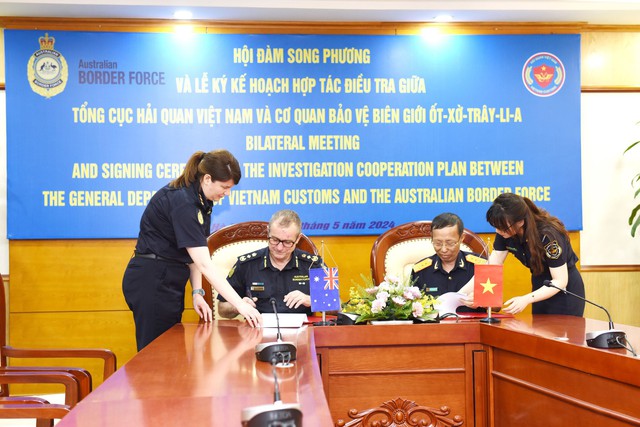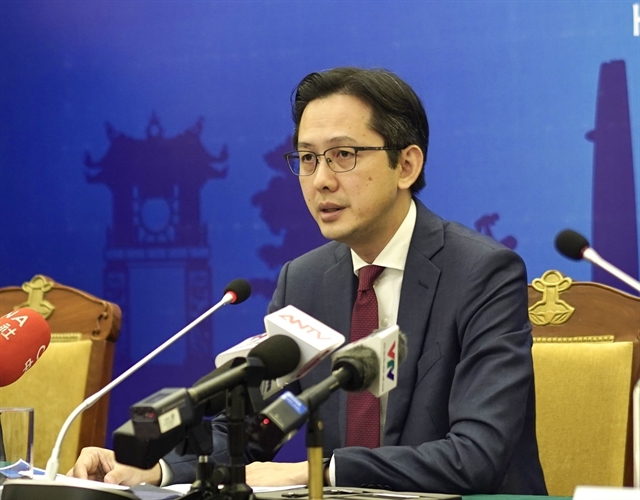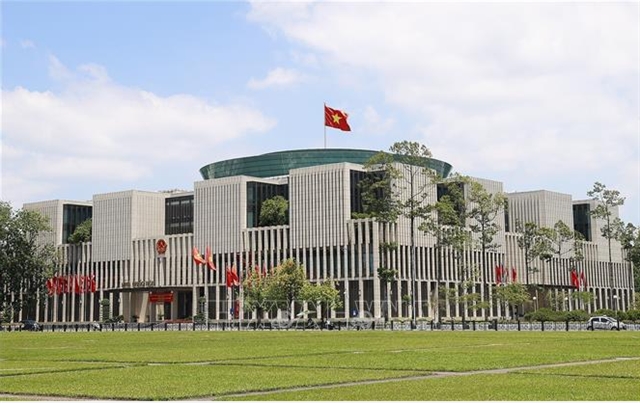 Opinion
Opinion
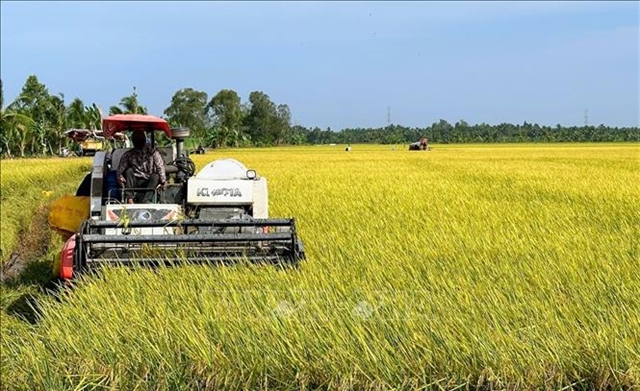
One of transport sector’s current goals is to develop waterway transport to reduce pressure on road transport. Hoàng Hồng Giang, Director of Inland Waterway Department, talks with Vietnam News Agency about strategies for developing the sector.
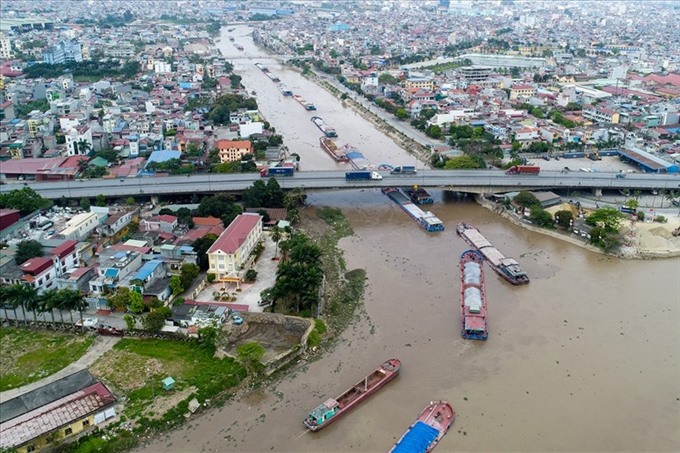 |
One of transport sector’s current goals is to develop waterway transport to reduce pressure on road transport. Hoàng Hồng Giang, Director of Inland Waterway Department, talks with Vietnam News Agency about strategies for developing the sector.
Could you tell us the current state of Việt
Việt
Every year, inland waterway transport accounts for approximately 18 per cent of goods transport and 6.8 per cent of total transport volume. The average growth rate is from 8 per cent to 12 per cent per year. In addition, inland transportation has many advantages compared to other transport means, such as low freight rates and suitability for all sizes and weights.
Regarding waterway routes, the northern region has formed three main transportation corridors: Quảng Ninh-Hải Phòng-Việt Trì via the
Inland waterway transportation, however, is experiencing certain inadequacies. The network is still concentrated in the north, while less developed in the southern and
Why hasn’t inland waterway transportation met its development potential?
Currently, about 77 per cent of the transportation market is occupied by road transport. This gap between this and waterway transit is too big. There are many reasons why waterway transport has not developed, one of them being that the infrastructure (railways, roads and inlet channels) connecting to ports and wharves is not synchronised.
Connections between waterways, railways and roads are almost zero so businesses must spend a lot of money on logistics costs or costs to load or unload goods and carry goods from trains to boats and vice versa. The cost of waterway transport is lower than other transportation forms but the transfer cost is high.
Also, little investment in waterways leads to difficulties in maintenance.
In addition, this type of transportation has not been properly developed due to the inadequate infrastructure of inland waterways.
Inland waterway transportation investment is still fragmented and owners of waterway transport means are mainly private, while enterprises pay little interest in investing in container loading and unloading facilities at sea ports.
To overcome these inadequacies and help develop waterways, the Prime Minister issued a decision regulating mechanisms and policies to encourage the development of inland waterway transportation. However, up to now only some mechanisms, such as increasing capital maintenance, have been implemented, the remaining incentive mechanisms to develop transport and freight ships such as corporate income tax and interest rate, have not been concretised.
What can be done to improve waterway transportation?
The specific development objectives up to 2020 are to focus on renovating and upgrading main transportation corridors, improving the capacity of managing and maintaining inland waterways and river transport routes. These are expected to help increase the market share of waterways transport from 18.62 per cent to 21.5 per cent of the entire industry.
The sector would strive to upgrade and renovate 2,000 km of waterway by 2020, with the total volume of inland waterway transportation being 20-22 million tonnes, and total number of passengers being 780,000.
To achieve the above objectives, the Việt Nam Inland Waterways Administration will mobilise all resources to develop waterways transport infrastructure; improve the efficiency of investment and ensure the connection of different transportation means.
We also encourage investment in equipment for loading and unloading cargoes of large volumes and cargoes at inland waterway ports.
Specifically, the sector will reduce corporate income tax for the first five years of exploitation for investors building of warehouses and yards for logistic activities and modern passengers ports.
At the same time, we will have favourable conditions for land rent for the construction of inland waterways infrastructure systems, including goods loading and unloading facilities. Suitable land will be reserved for investment projects on the construction of inland waterway ports and wharves, especially container handling ports. — VNS


